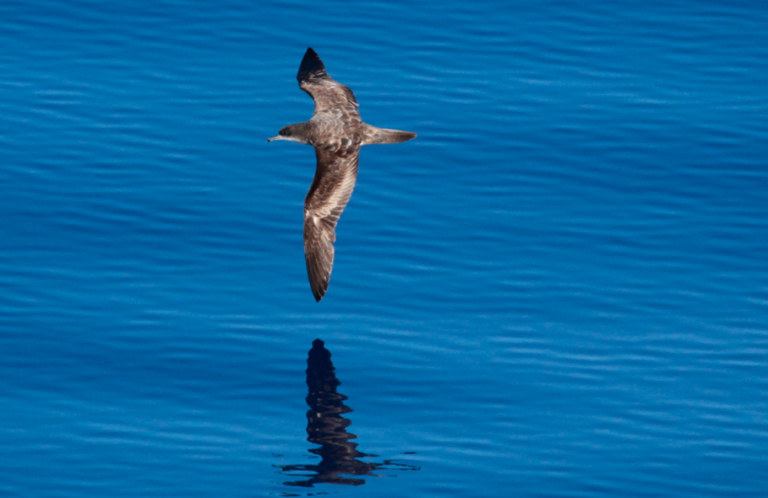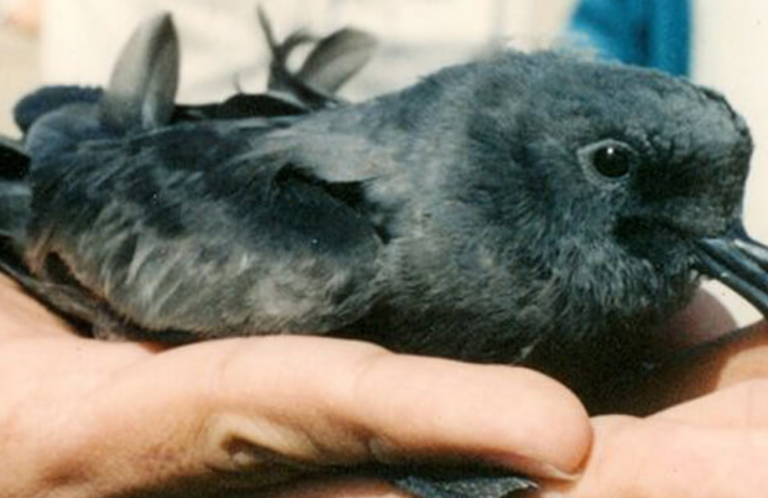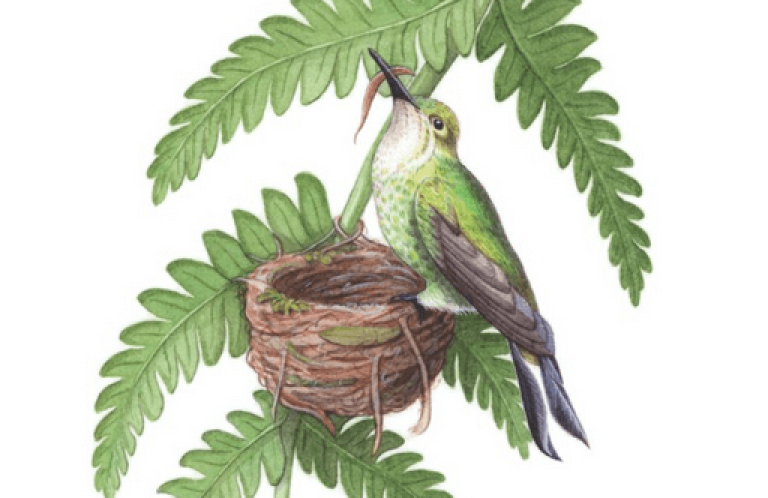Journey Through the Atacama: Finding Hope for Storm-Petrels

Wedge-rumped Storm-Petrels are tiny, enigmatic seabirds, only about the size of a sparrow. Nevertheless, they take on two of the most titanic (and opposing!) forces on the planet: the vast open ocean, where they spend most of their lives, and the driest desert in the world, where they breed.

Over the last decade, researchers have been uncovering the mysteries of storm-petrels in the Atacama Desert, gradually piecing together the story of what may be the starkest habitat contrast of any life cycle on our planet.
The Atacama Desert in Chile and Peru features tens of thousands of natural cavities where several species of storm-petrels (such as the striking Ringed Storm-Petrel and the dark, fork-tailed Markham's Storm-Petrel) are known to breed year after year after coming ashore.

But when it comes to Chile's Vulnerable Wedge-rumped Storm-Petrel, scientists have been aware of just a single, small breeding area in Isla Grande de Atacama that hosts just a few dozen breeding pairs annually. That was the only known nesting site until this year when a team supported by American Bird Conservancy (ABC) discovered two additional breeding sites in the Atacama, each hosting thousands of birds.
In February 2024, a team from Chilean NGO Red de Observadores de Aves y Vida Silvestre de Chile (ROC), an ABC partner, traversed the driest desert in the world to visit the mouth of the Loa River, the longest river in Chile. Their discovery: an astonishing number of breeding Wedge-rumped Storm-Petrels, with eggs and chicks, nesting in rock slides on hill slopes. Two days later, they found a similar site 31 miles (50 kilometers) further north.
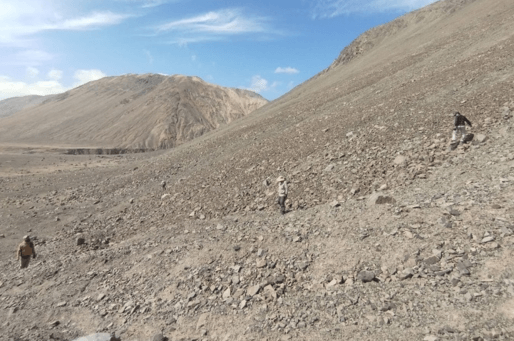
In March 2024, a new expedition encountered habitat for thousands of pairs of Wedge-rumped Storm-Petrels at least 31 miles south of the mouth of the Loa River, further expanding the known breeding area.
Why would a seabird nest in the driest place on Earth?
In harshness, there is safety. Storm-petrels can thrive in the Atacama precisely because predators struggle in the extreme desert conditions.
The discovery of this extensive breeding area off the coast is a milestone for planning actions to conserve these marvelous and mysterious seabirds. The development of energy, mining, and road projects may cause the permanent destruction of cavities used for thousands of years by these seabirds for breeding.
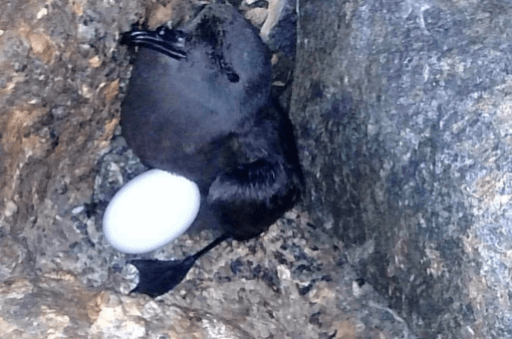
Likewise, light pollution affects storm-petrels — particularly fledglings leaving their nests — which are attracted to artificial lights and then collide with lighting infrastructure and fall, often resulting in death. For this reason, the places where this bird flies, especially during the breeding season, should remain as dark as possible, and this research helps develop best practices for mitigating light pollution in the region.
Moreover, when people in these areas add infrastructure like roads, lights, and buildings to the Atacama to support their presence there, they introduce and enable predators including invasive species like cats or rats, breaking a survival strategy that has worked for these birds for millennia.
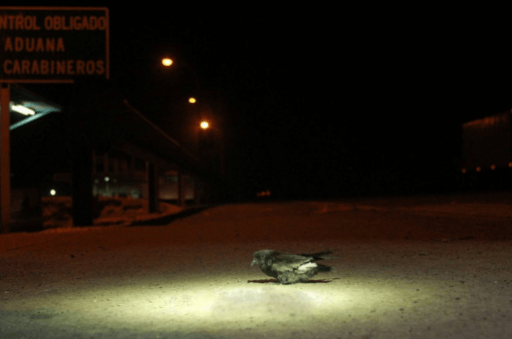
ROC continues to develop new expeditions to these recently discovered breeding grounds and other regions of northern Chile that may have similar habitat. Next, they intend to study the species' little-known reproductive biology.
ABC has continuously supported the efforts of ROC since 2016, making possible these results. ABC thanks ROC for supplying the information used in this piece.
Learn more about the challenges facing seabirds, like disorienting lighting, and the work being done by ABC and our partners to find solutions.






































